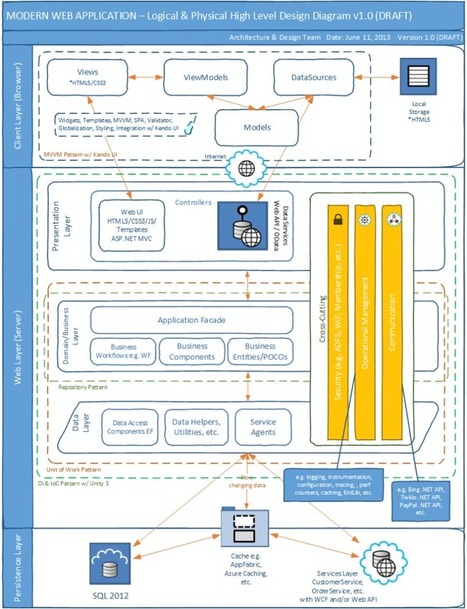With AngularJS and ASP.NET MVC, we now have an MVC pattern and architecture for both on the client and server. What do we do and/or how do we approach this? Well one can argue we don’t use any of the MVC architecture on the server and build out a full-fledged AngularJS front-end application and only use make async calls to Web API for all things that absolutely need to be on the server e.g. CRUD, workflows, business logic, etc.
Now, there’s absolutely nothing wrong with this approach, and for the most part a lot of heavy front end SPA’s are built this way in ASP.NET MVC. However, with all the .NET, ASP.NET and AngularJS goodness, why not leverage the best of both worlds? Again, there’s absolutely nothing wrong with building a pure AngularJS application and only using Web API, but for this blog post we’ll go over patterns of using the best of both worlds along with integrating AngularJS with Kendo UI.




 Your new post is loading...
Your new post is loading...







